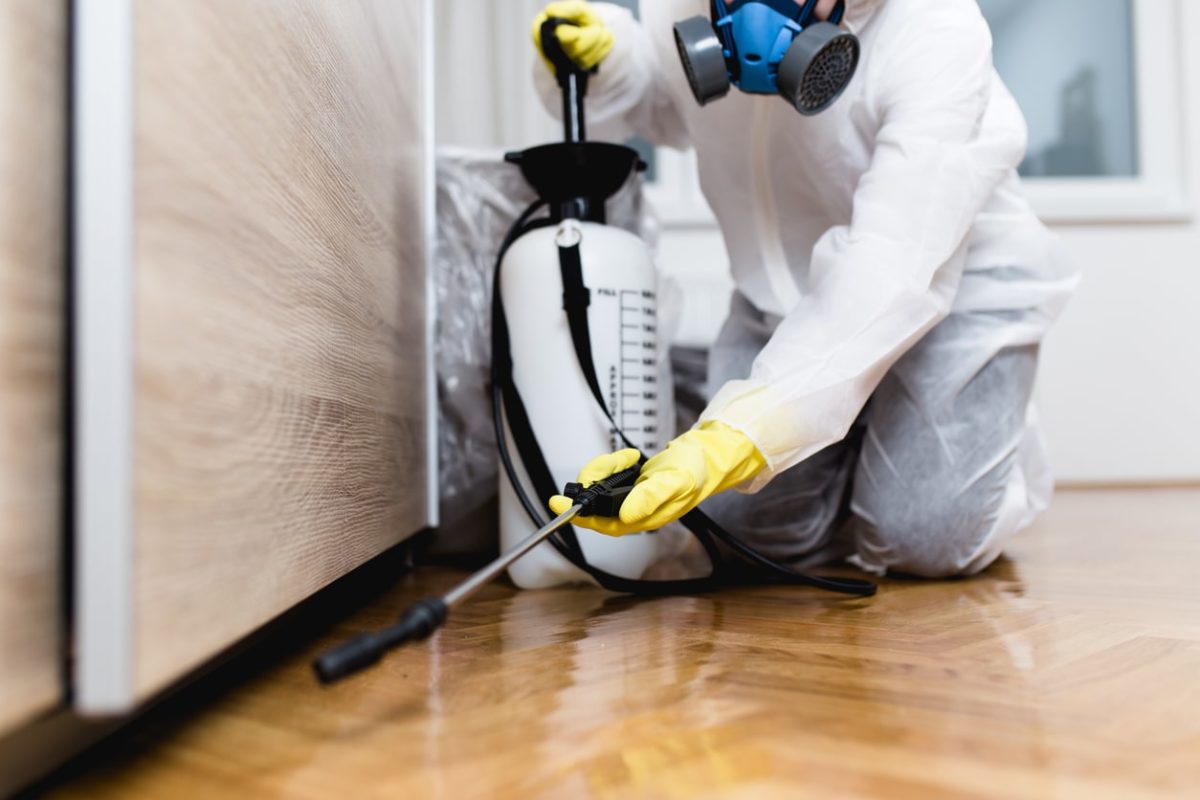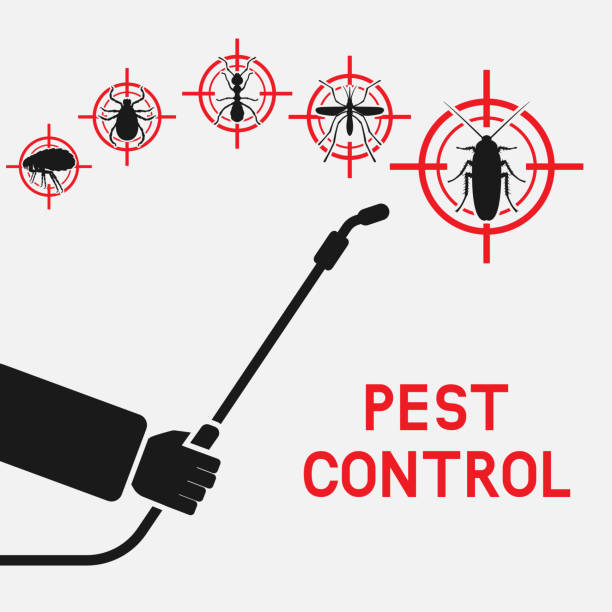Why Property Owners Rely on Pest Control Lockhart for Their Needs
Why Property Owners Rely on Pest Control Lockhart for Their Needs
Blog Article
Exploring Invasion and Treatment Approaches in the World of Parasite Control
The landscape of bug control encompasses a myriad of obstacles, especially as problems of typical house insects remain to progress. Understanding the habits and reproductive patterns of these nuisances is vital for developing efficient therapy techniques. By incorporating safety nets with advanced administration techniques, such as Integrated Bug Monitoring (IPM), property owners can much better safeguard their atmospheres. The performance of these approaches may vary substantially based on details situations. What underlying aspects add to the success or failure of these techniques in different setups?

Common Home Pests
When it concerns managing our living areas, comprehending typical family bugs is critical. These pests not just interrupt our convenience yet can likewise present health and wellness dangers and damage residential property. One of the most common home insects include ants, roaches, rats, termites, and bed insects.
Ants, frequently seen foraging in cooking areas, can pollute food and establish big nests. Rodents, consisting of mice and rats, can create structural damages and bring conditions like hantavirus and salmonella.
Acknowledging the signs of these bugs, such as droppings, nests, or bite marks, is crucial for early treatment (Pest Control Lockhart). Appropriate hygiene methods, securing entry factors, and maintaining a clutter-free setting are effective preventative procedures. By identifying these usual household bugs and understanding their actions, house owners can take aggressive actions to reduce invasions, making sure a much healthier living environment
Understanding Insect Infestations
Bug problems can rise promptly, transforming a small annoyance into a significant problem if not dealt with quickly. Typical elements contributing to infestations include poor sanitation, structural susceptabilities, and seasonal adjustments that drive parasites inside.
Recognizing the kind of parasite is crucial, as various types display different behaviors and reproductive rates. Rodents might develop nests in covert areas while pests like roaches prosper in damp environments. Early discovery commonly depends upon acknowledging signs such as droppings, gnaw marks, or uncommon noises, which can indicate a trouble prior to it becomes severe.
Ecological conditions also play an essential function in pest spreading. Warm, humid environments can help with the fast development of bug populations, while adjustments in landscaping or construction can accidentally produce helpful atmospheres. Therefore, normal evaluations and preventative measures are vital to mitigating the threat of infestations. An informed technique to understanding these dynamics lays the foundation for reliable bug management strategies in the future.
Treatment Methods and Methods
Reliable therapy methods and techniques are crucial for mitigating insect invasions and recovering a secure setting. A multifaceted method is typically best, including chemical, organic, and mechanical approaches customized to the specific pest and the intensity of the problem.
Chemical therapies consist of the usage of pesticides and herbicides, which can properly remove parasites. Correct application and adherence to security standards are important to lessen dangers to humans and non-target organisms. Integrated Pest Monitoring (IPM) urges the sensible usage of chemicals as a last resort, relying instead on surveillance and limit levels to identify intervention demands.
Organic control techniques involve presenting natural killers or parasites to lower bug populations. This technique is progressively preferred, especially in farming settings, as it advertises environmental sustainability.
Mechanical approaches, such as traps and obstacles, offer prompt remedy for bugs without introducing chemicals. Choices include sticky traps for pests or physical reference barriers for rats.
Ultimately, the option of treatment technique need to think about the details insect, the setting, and potential influence on human wellness and communities. A balanced mix of these strategies can efficiently take care of infestations while promoting long-lasting pest control services.
Safety Nets for Homes
Proactively resolving pest issues prior to they escalate is important for keeping a healthy and balanced home environment (Pest Control Lockhart). Executing reliable preventative measures can substantially lower the chance of infestations, ultimately protecting both your home and well-being

Correct landscaping additionally plays an essential role in prevention. Maintaining bushes and trees cut away from the home lowers the possibilities of pests finding their way indoors. Make sure that drain systems are working effectively to prevent standing water, which can draw in insects and various other pests.
Last but not least, routine examinations are a good idea. Regularly examining for signs of insect task allows for very early intervention. By embracing these safety nets, house owners can produce an atmosphere that is less welcoming to insects, thereby enhancing their general top quality of life and reducing the requirement for considerable insect control interventions.
Business Parasite Control Approaches
A thorough technique to commercial bug control is essential Find Out More for companies intending to maintain a safe and hygienic atmosphere. Effective strategies involve a combination of routine assessments, staff member training, and the application of Integrated Pest Administration (IPM) methods.
Routine examinations enable very early discovery of bug activity, enabling for timely intervention. Businesses need to establish a routine timetable for these assessments, focusing on high-risk areas such as kitchen areas, storage space spaces, and garbage disposal sites. Employee training is similarly important; staff must be educated on the indications of parasite infestations and the significance of reporting them right away.
Executing IPM techniques assists mitigate insect concerns sustainably. This includes habitat adjustment, such as sealing entry factors and decreasing clutter, as well as using natural deterrents prior to considering chemical treatments.

Furthermore, teaming up with a qualified bug control provider ensures access to professional understanding and sophisticated treatment options. This partnership can bring about customized pest control plans customized to the particular needs of the company, lessening dangers and improving general effectiveness. Ultimately, a proactive and informed technique promotes a pest-free setting, safeguarding both public health and service online reputation.
Verdict
Finally, reliable bug control demands a detailed understanding of usual family pests and their habits, combined with targeted therapy approaches. Executing safety nets along with therapy techniques such as Integrated Insect Administration and organic control enhances the capability to minimize problems. Routine inspections and a mix of chemical and mechanical remedies further contribute to keeping pest-free settings. Ultimately, an all-around technique to pest monitoring is important for securing living rooms from undesirable trespassers.
Report this page